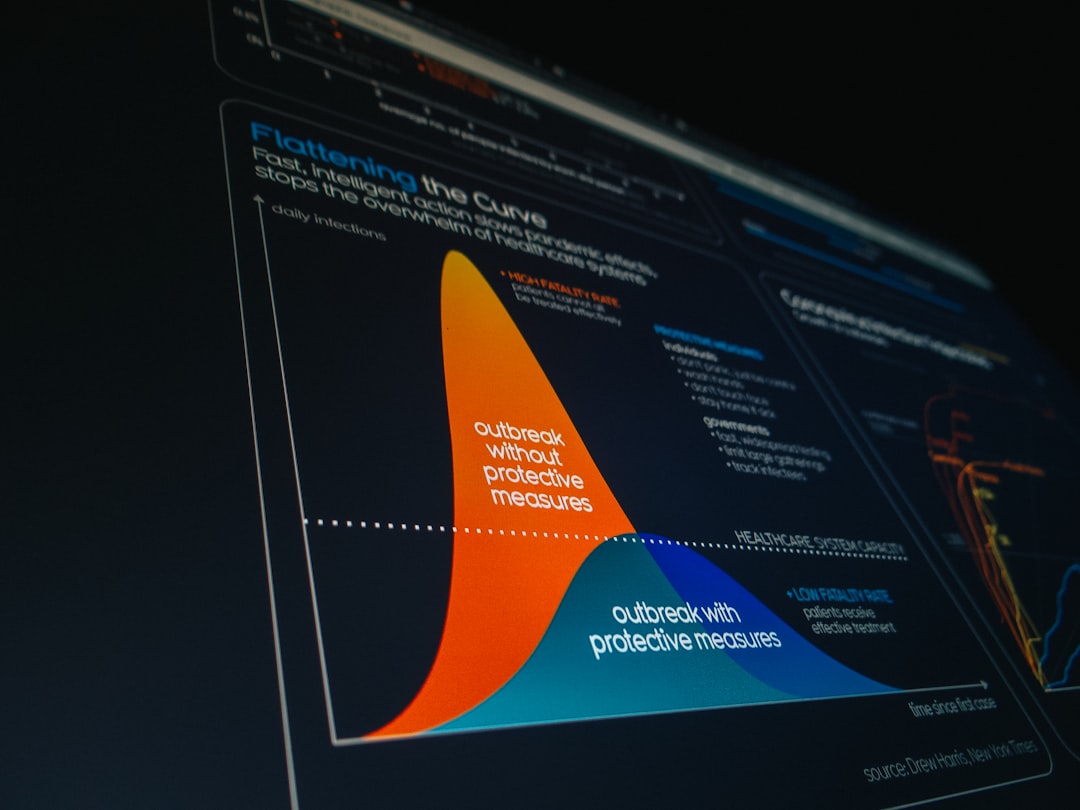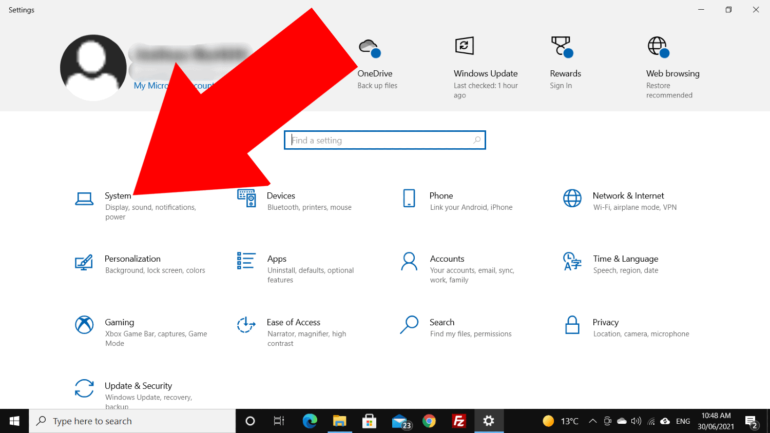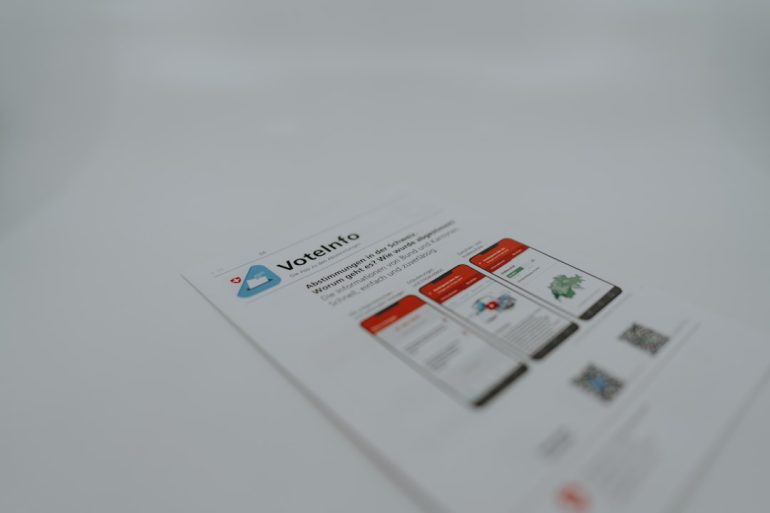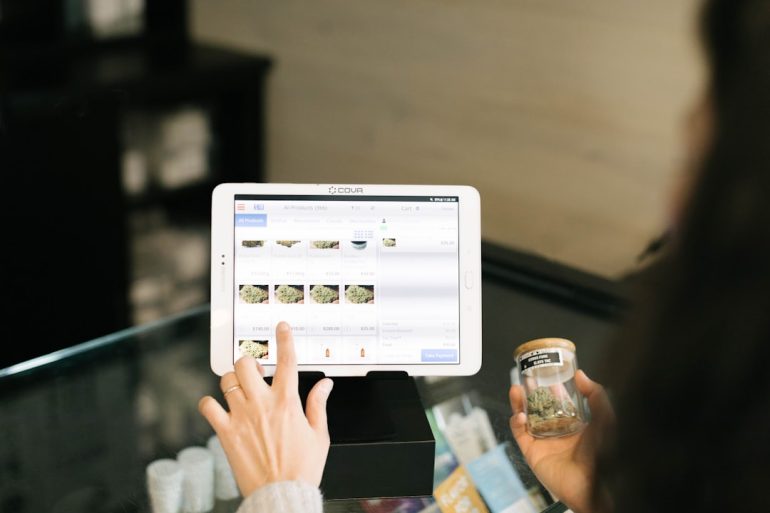First-Party Data Capture: Quizzes, Calculators, Tools
Imagine browsing your favorite website and a fun quiz pops up. It’s titled, “What’s Your Digital Marketing Spirit Animal?” You can’t resist. You answer a few quirky questions, click submit, and boom — you’ve shared your name, email, and what type of marketer you are.
This is first-party data capture in action. It’s not boring. It’s not creepy. It’s actually kind of fun. And it’s changing how companies collect valuable info about their audience.
What is First-Party Data?
Table of Contents
First-party data is information a company collects directly from you. No middleman. No shady tracking. Just you, your input, and a business that wants to serve you better.
Here are a few examples of first-party data:
- Your name and email address from a signup form
- Answers from a quiz on a clothing store’s site
- Details you enter in a mortgage calculator
- Clicks on products you view when shopping online
Unlike third-party data (which is bought from other companies), first-party data is ethical, accurate, and super valuable.
Why is It Important?
Cookie-based tracking is slowly going extinct. Big tech is tightening privacy rules. People want more transparency. That means marketers need new ways to learn about their audiences — without being creepy.
This is where quizzes, calculators, and interactive tools shine. They’re not just fun. They make collecting data useful and user-approved.
The Fun Factor: Quizzes
Most people love quizzes. They’re fast, personal, and often pretty entertaining. Done right, quizzes can teach businesses a lot:
- What products a user is interested in
- What challenges they face
- What type of content they like
Let’s say you’re a skincare brand. You create a quiz called “Find Your Perfect Skin Routine.” Users answer questions about their skin type, lifestyle, and preferences. At the end, they get personalized recommendations. And you get valuable first-party data.
Bonus: If you ask users for their email to get their results, you’re building your list, too.

Smart Tools: Calculators
Calculators don’t have to be boring. They can be powerful tools packed with insight for both users and brands.
Examples include:
- Mortgage calculators
- Fitness goal calculators
- Budget planners
- ROI calculators for marketers
Picture a financial planning site. It offers a “What’s Your Retirement Score?” calculator. Users input their savings, age, goals, and income. They get a result that helps them plan better. The company gets first-party data about user demographics and long-term goals.
That’s a win-win — just like a good retirement plan!
Interactive Tools: The Hidden Treasures
Some brands go beyond quizzes and calculators. They build full-blown tools people want to use again and again.
Think of tools like:
- Diet planners
- Style finders
- Home design checklists
- Content idea generators
These aren’t just tricks to get your email address. They’re services that offer real value. In exchange, users are happy to give a little info. That’s first-party data – volunteered and trustworthy.

How Does This Help Marketers?
First-party data helps companies:
- Understand their audience better
- Segment users based on behavior or preferences
- Create smarter marketing campaigns
- Improve product recommendations
Let’s say you’re a pet subscription box company. After a quiz asking “What Type of Pet Parent Are You?” you learn one user has three cats, prefers toys to treats, and shops monthly.
That data helps you target that user with curated offers. No guessing. No wasted ads. Just purr-fect personalization. 🐱
Tips for Making it Work
Ready to build your own quiz or calculator? Here’s how to make sure it rocks:
- Make it fun. Add playful questions, visuals, and humor.
- Be brief. Nobody wants a 40-question exam. Keep it under 10 steps.
- Deliver value fast. Show results instantly or offer immediate rewards (like a coupon).
- Ask for data politely. “Enter your email to see your results” works better than “Gimme your data.”
- Use the insights. Don’t let the data just sit there — put it to work!
Real-Life Examples
1. Sephora – Skincare IQ Quiz
This beauty giant offers tailored quizzes to help users find the right products. It collects data on skin type, concerns, and habits — and boosts conversions, too.
2. HubSpot – Website Grader
You enter your website URL and email. It grades your site’s performance and sends you tips to improve. Helpful, smart, and a smooth path to become a HubSpot user.
3. IKEA – Kitchen Planning Tool
Design your dream kitchen online. Save your design by creating an account. BAM — a treasure trove of design preferences and budget info captured.
What to Avoid
Some common mistakes to watch out for:
- Being too nosy. Don’t ask questions that feel invasive.
- Not offering value. If customers don’t get anything in return, they won’t bother.
- Long loading times. Interactive tools should be smooth and quick.
- Ignoring mobile users. Everything should work beautifully on phones and tablets.
Conclusion: Make It Fun and Useful
First-party data doesn’t have to feel like surveillance. With the right tools — quizzes, calculators, and interactive tools — it becomes friendly, fun, and full of value for everyone involved.
Create a smart quiz. Launch a helpful tool. Offer real results in return. When users feel like they win, so do you.
Remember: It’s not just about collecting data. It’s about building trust, sharing insights, and creating better experiences.
And let’s be honest. Who doesn’t love a good “What Kind of Marketer Are You?” quiz every now and then?







